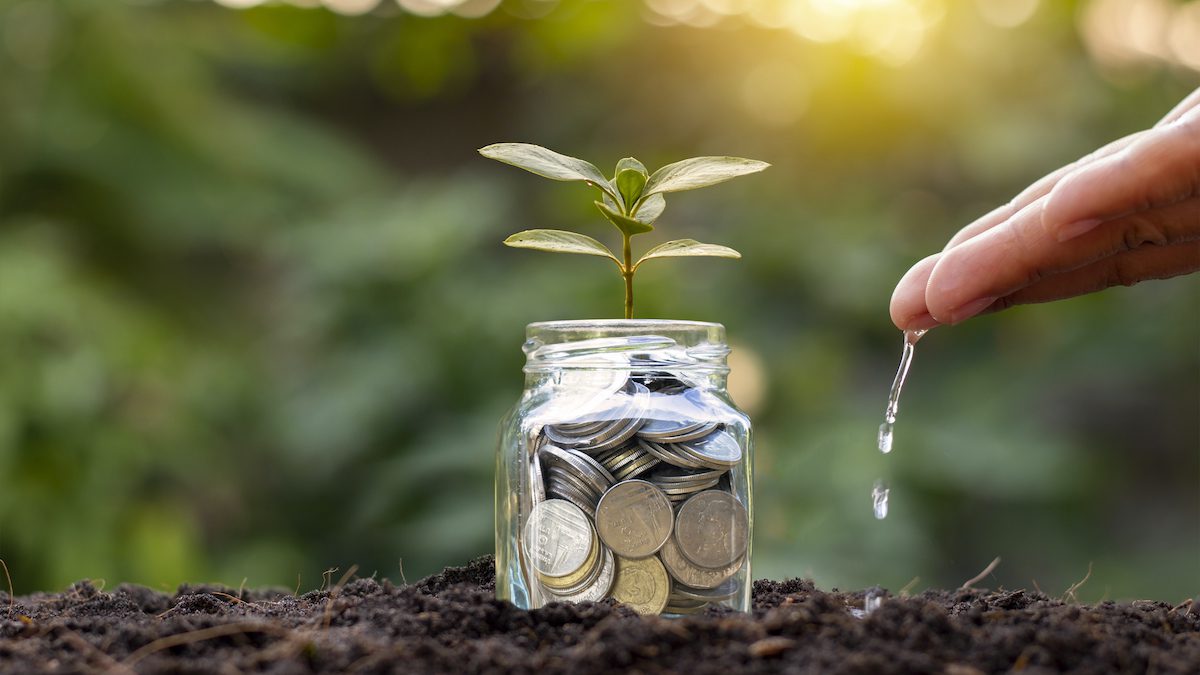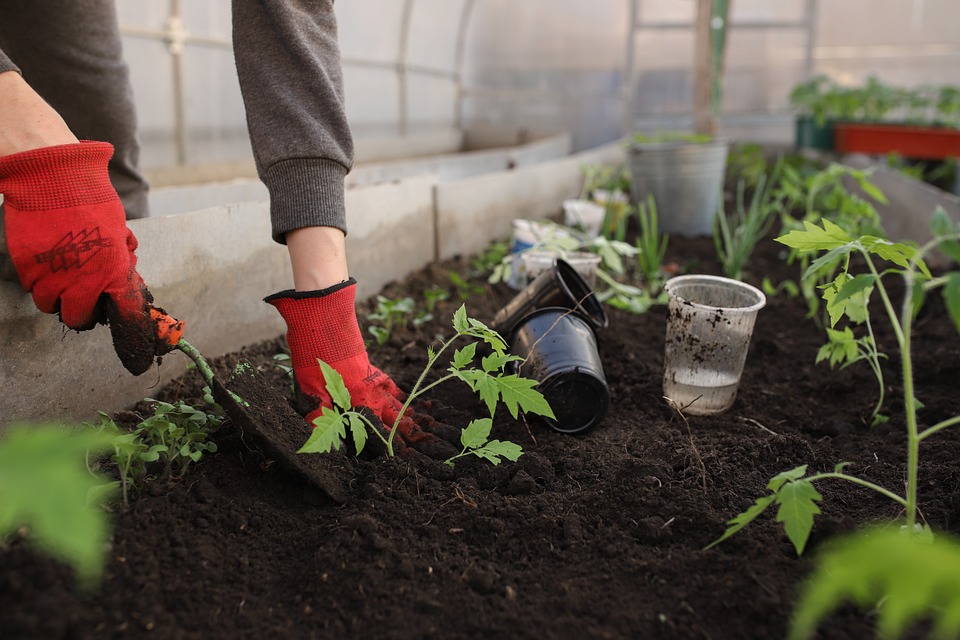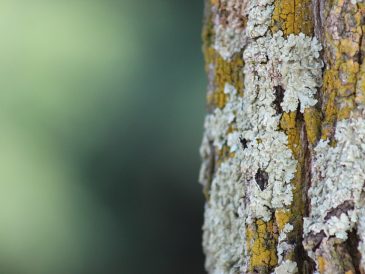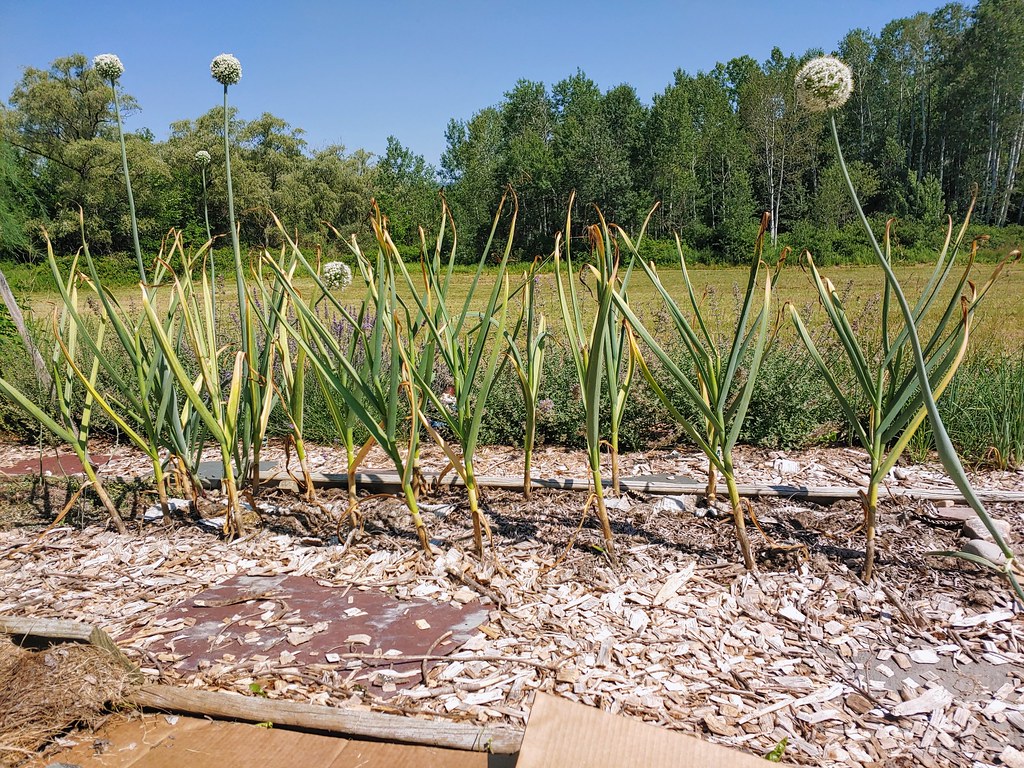Sowing and growing peppers on your own are not as difficult as you might imagine. Usually, pepper plants don’t do so well in soil. It is best to grow them in pots or a greenhouse. If your garden or balcony is not sunny enough, you can also grow them indoors on a windowsill. The potting soil warms up much faster, and you can put the pot in the brightest, most sheltered spot in the garden or on the balcony/terrace. Here’s a step-by-step guide on how to sow, transplant, and grow bell peppers successfully.
Inspect the Seeds
You can do two things: buy pepper seeds from garden centers/online or take a pepper seed from the supermarket or vegetable shop.
Location: Light and Heat
Before sowing peppers, it is essential to consider two things: the amount of light and the temperature level in the space you want to put them. Bell peppers need plenty of light and heat. If grown in a dark area, they will become thin and have weak seedlings that probably won’t last long. If it’s too cold, the seeds won’t germinate, or the plants will have a stunt growth later on. Bell peppers will sprout at a temperature of around 22-24 degrees. If the room isn’t heated and bright enough, you can cover the pots with a plastic sheet or glass plate for extra warmth.
Sowing Bell Peppers
Have you got a suitable place and the seeds are in? Then it’s time to sow the bell peppers! You can sow from mid-January to April. Want to sow earlier? Then it’s wise to use a grow light, as the days in January are often shorter. It is not necessary to dig the seeds deep into the soil. Half an inch is enough. You can sow several seeds in a 9 cm pot or one seed per pot.
Growing
The seeds will sprout in 1-3 weeks, depending on the temperature (the warmer, the sooner). Until they germinate, it doesn’t matter how much light they get, but place them in a bright place as soon as they have germinated. It can be a little cooler, but not cooler than 17 degrees, or they will stop growing. Ensure the soil stays moist, both during germination and afterward. The best thing to do is to water the pepper seedlings using a plant sprayer.

Transplanting and Replanting
If the plants have two true leaves next to the first two shoot leaves, you can transplant them: put each in a larger pot. For example, a 9 cm pot. First, put the seedlings into the soil for strong roots. Then, when they are bigger and have more leaves, they can be transferred to a larger pot containing organic potting soil (which usually contains nutrients for a few weeks). Each plant is then given its pot, at least 20 cm in diameter.
Fertilizing
Most potting soil contains nutrients for about six weeks. Vegetable garden mixes often provide nutrients for longer. Check the packaging on the front to see how long it contains nutrients. Make sure to give them some fertilizer when the nutrients have run out.
Flowering
Depending on when you sow, peppers will flower around April or later and have tiny flowers. Once flowering is complete, the finished flower will develop into mini peppers if they are fertilized. Otherwise, they will drop off, especially when they’re outside with the wind. If they are on a windowsill or in a very sheltered spot, you can gently tap them from time to time. Peppers will discolor as they ripen, depending on which variety you have, for instance, from green to red, purple, or yellow.
Patience
Sowing and growing peppers mean, above all, a lot of patience. You can eat green peppers on their own, but they are not officially ripe yet. It’s better to wait until they turn a nice red color. This can take quite a long time, so patience is needed.

Do you have any other tips? Share it with us in the comments below!





